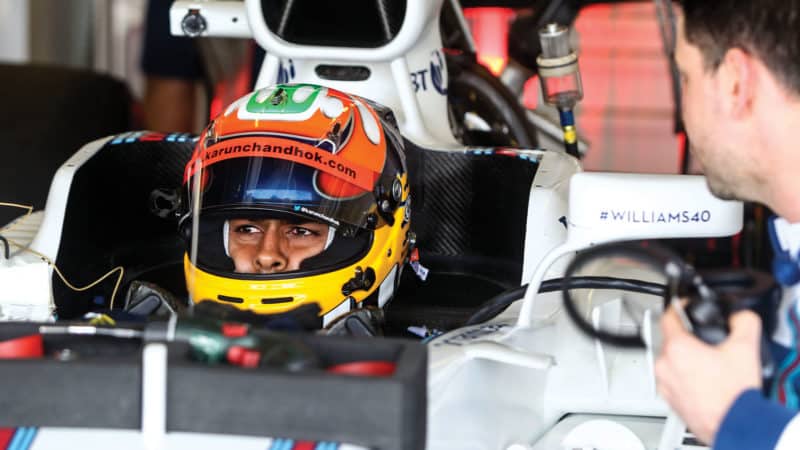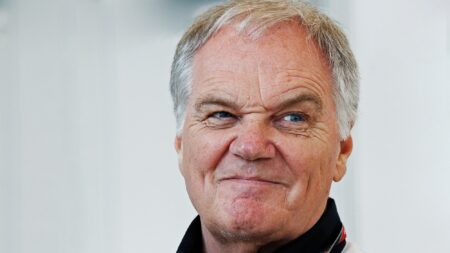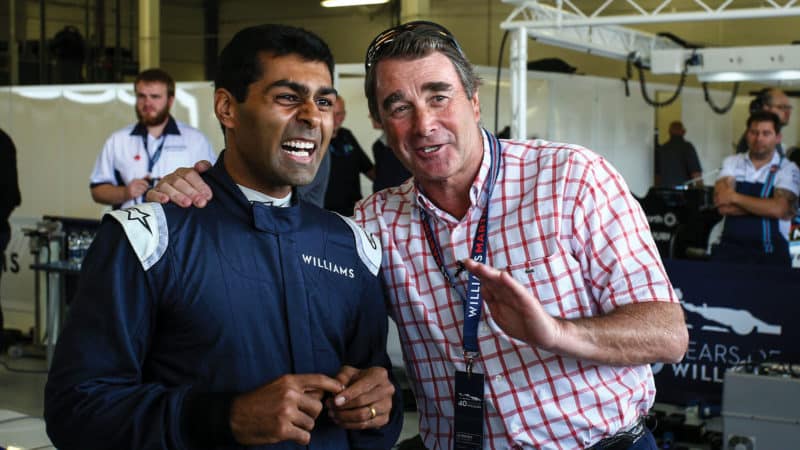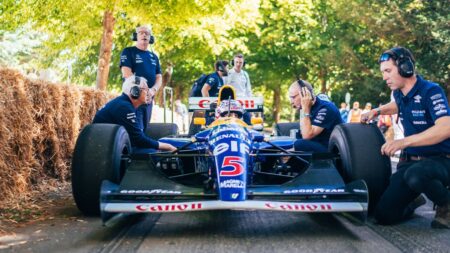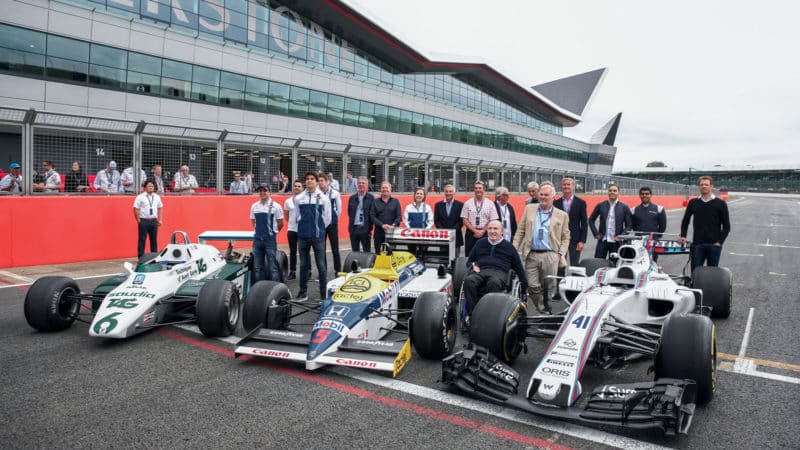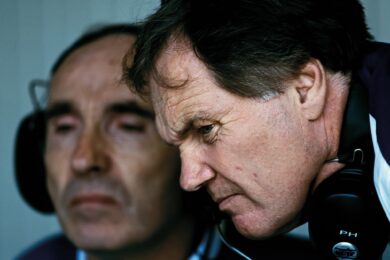Aided by the downforce and the bigger tyres, the braking distances this year are amazingly short and the electronics have to be extremely good at controlling the brake bias between front and rear wheels. The systems guys at Williams have once again done a great job of preparing the various maps because the brake system has to correct itself depending on how much energy is being recovered, which makes it really tricky to set up the ratio between brake balance, balance migration and the energy being recovered.
Like any chassis, when you’re trying to squeeze out the last tenths it’s going to be hard to drive, but when you compare it to the sheer physical effort required to drive the FW14B, which we will come to shortly, it’s hugely different. There are a lot of toys which make your life easier.
The modern cars are a bit like other things in life – everything is in digital rather than analogue mode. Everything is filtered through some form of electronics, whereas with the older cars you get a pure and direct feeling from every input that you make.
One thing is beyond doubt, however: the 2017 Williams was unquestionably the best race car I have ever driven.
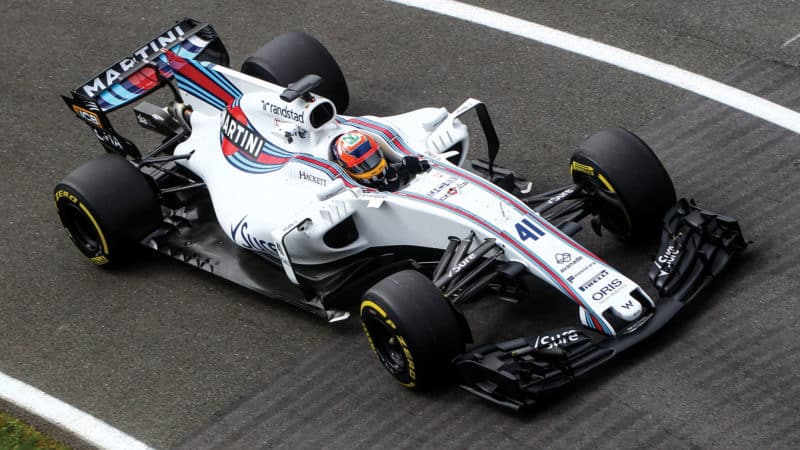
Chandhok describes FW40 as best racing car he has ever driven
Lyndon McNeil
1992 Williams FW14B
I grew up in an era where the biggest stars in F1 were Senna, Prost, Piquet and Mansell. The cars from the late 1980s and early 1990s were the ones on my bedroom wall posters. Watching Mansell take pole position at Silverstone in 1992 – 2.7sec faster than the first non-Williams – inspired me to chase the F1 dream. That sight of Red 5 charging down Hangar Straight into Stowe and the sound of that Renault V10 is something I can recall instantly – I’ve seen the VHS tape so many times.
So you can imagine how I felt as I prepared to drive that very car on the track – the first time anyone had done so since that 1992 championship-winning campaign.
I’ve always been a driver who loves the engineering side of our sport. People often asked me about the best part of Formula 1 and, apart from obviously driving the cars, it was working with some of the most brilliant engineering minds in the world and their incredible technology.
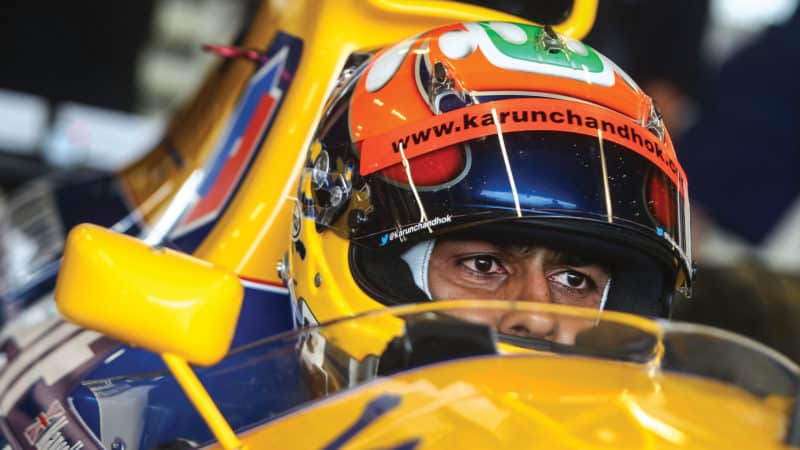
Chandhok in the car which inspired him to start racing, the FW14B
Lyndon McNeil
The Williams FW14B sits in the garage when I walk in. Bodywork off, tyres on and, on command, the guys start flushing the system and the car starts moving up and down, flexing its muscles. I’ve seen it on TV as a kid, but seeing it in real life is something else. Welcome to the world of active suspension. Welcome to the FW14B – a car far ahead of its time.
The car is set with the Nigel Mansell seat and his unique smaller steering wheel that gave him a very direct turn-in but made it very heavy in the fast corners. It has a foot clutch but paddles to shift gear. You’ve got switches for the active ride control and today we’re not running the traction control, as this car hasn’t really run in 25 years and we don’t want to overstress the engine. I get in it and am all set to give the command to fire up when Paddy Lowe, one of the key architects behind the active suspension program back in 1991, pops his head into the cockpit: “Remember you have to blip on the downshift – there’s no fly-by-wire throttle!” Good tip, Paddy.



